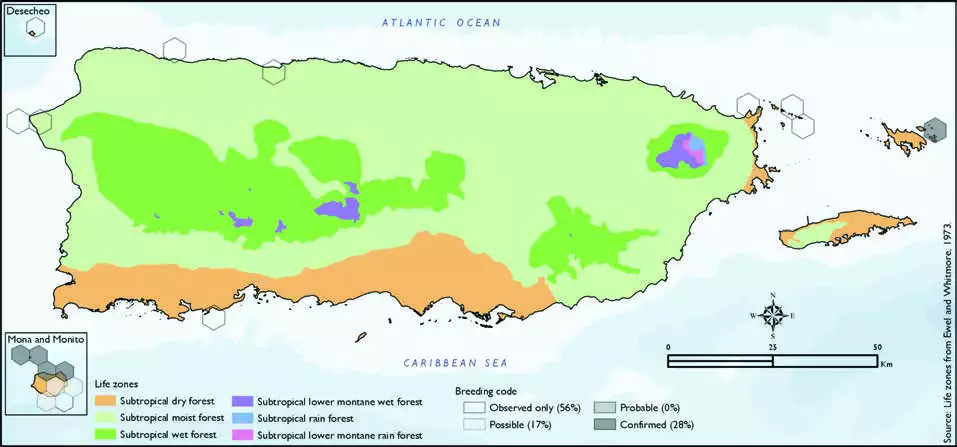Red-footed Booby
Description
The red-footed booby (Sula sula) is a large seabird of the booby family, Sulidae. Adults always have red feet, but the colour of the plumage varies. They are powerful and agile fliers, but they are clumsy in takeoffs and landings. They are found widely in the tropics, and breed colonially in coastal regions, especially islands. The species faces few natural or man-made threats, although its population is declining; it is considered to be a least-concern species by the International Union for Conservation of Nature (IUCN).
The red-footed booby is the smallest member of the booby and gannet family at about 70 cm (28 in) in length and with a wingspan of up to 152 cm (60 in). The average weight of 490 adults from Christmas Island was 837 g (1.845 lb). It has red legs, and its bill and throat pouch are coloured pink and blue. This species has several morphs. In the white morph the plumage is mostly white (the head often tinged yellowish) and the flight feathers are black. The black-tailed white morph is similar, but with a black tail, and can easily be confused with the Nazca and masked boobies. The brown morph is overall brown. The white-tailed brown morph is similar, but has a white belly, rump, and tail. The white-headed and white-tailed brown morph has a mostly white body, tail and head, and brown wings and back. The morphs commonly breed together, but in most regions one or two morphs predominates; for example, at the Galápagos Islands, most belong to the brown morph, though the white morph also occurs.
Distribution & Habitat
The Red-footed Booby occurs throughout the worlds tropical
(Oberle 2018) and subtropical
oceans, and it is a widespread
but very local year-round
resident through the West Indies
(Raffaele and others 1998). In
Puerto Rico, large colonies of
this species can be found at
Mona and Monito islands, as well
as near Culebra but in smaller
numbers (Biaggi 1997, Kepler
1978, Oberle 2018). It is usually
found around remote islands and
cays well out at sea (Biaggi 1997,
Raffaele and others 1998). The
atlas fieldwork yielded a total of
20 records within 18 hexagons or 4 percent of the 479 total
hexagons (see map). Of the 18
hexagons where this species was found, breeding met the atlas
definition of confirmed in 28
percent (5) of the hexagons and
possible in 17 percent (3), while
the species was observed in 56
percent (10) of the hexagons but
without evidence of breeding
(see map). Red-footed Booby distribution. The map shows the highest breeding code by hexagon and overlaying the ecological life zones in
Puerto Rico. Note: percentages may not total 100 due to rounding.

Breeding Habits
Previously published reports indicate that the Red-footed Booby breeds primarily from
April to June, typically nests in
colonies on remote small islands,
and constructs a nest made of 141Red-footed Booby/Boba Patirrojatwigs which is usually placed in a tree or bush (Biaggi 1997,
Raffaele and others 1998). Atlas
results show that this species
breeds mostly from February to
April and during June, July, and
October (see chart). Overall, the
breeding activity peaks in July,
and it takes place within the
subtropical dry forest life zone
(see chart). Results show that this
species breeds in remote coastal
islands within the subtropical dry forest life zone (100 percent
of the hexagons) (see table
and map).
Conservation
The Red-footed Booby is currently listed as a species
of least concern by the IUCN
(BirdLife International 2018).
Locally, this species is not
listed in any of the threatened
categories of PRDNER and USFWS. In Puerto Rico, the Red-
footed Booby has a protected
habitat in land of 21 percent or
41 km2 of the total area covered by the hexagons where evidence
of breeding was found for this
species (192 km2).
Related Species
Family:
booby